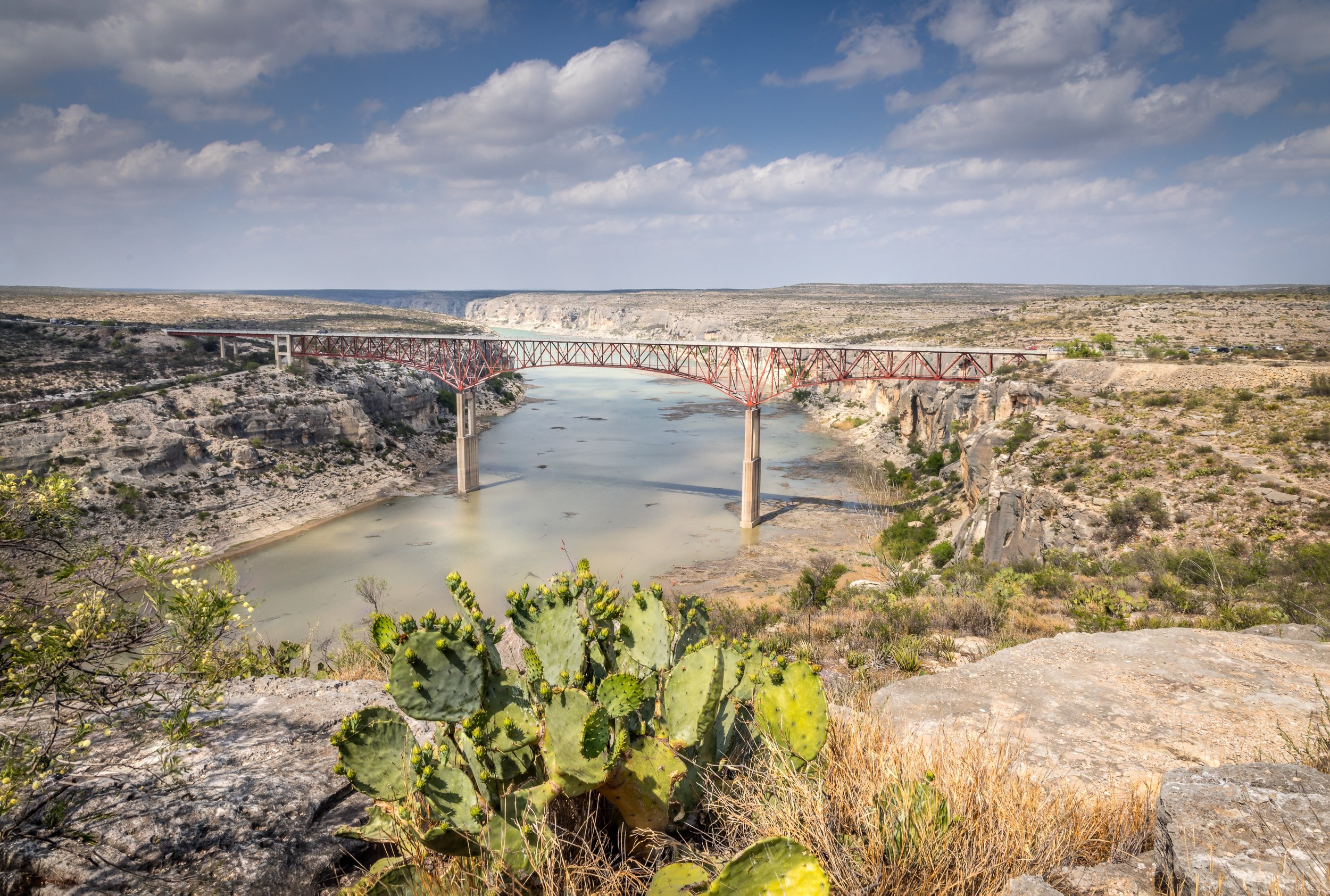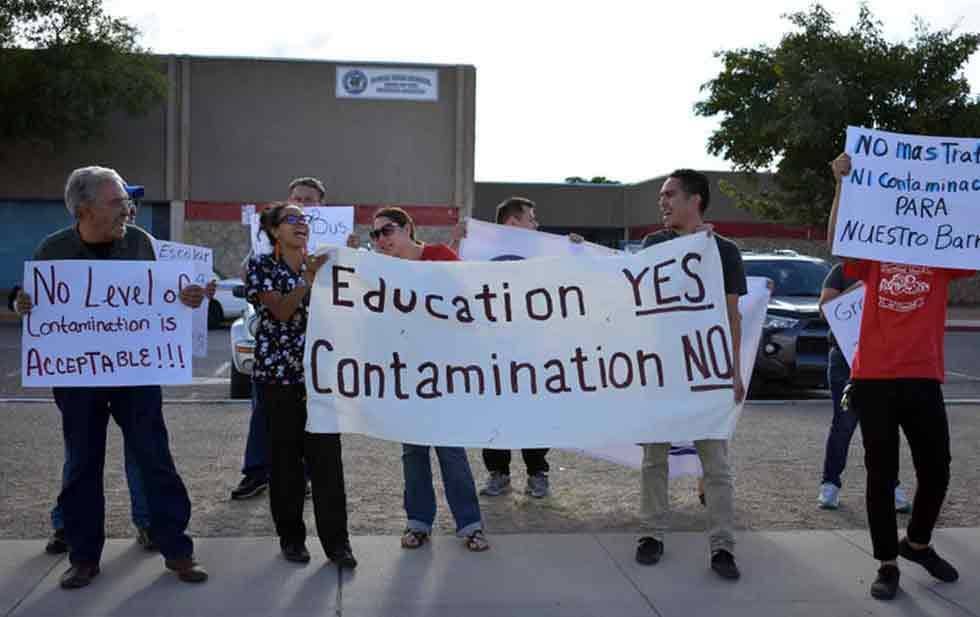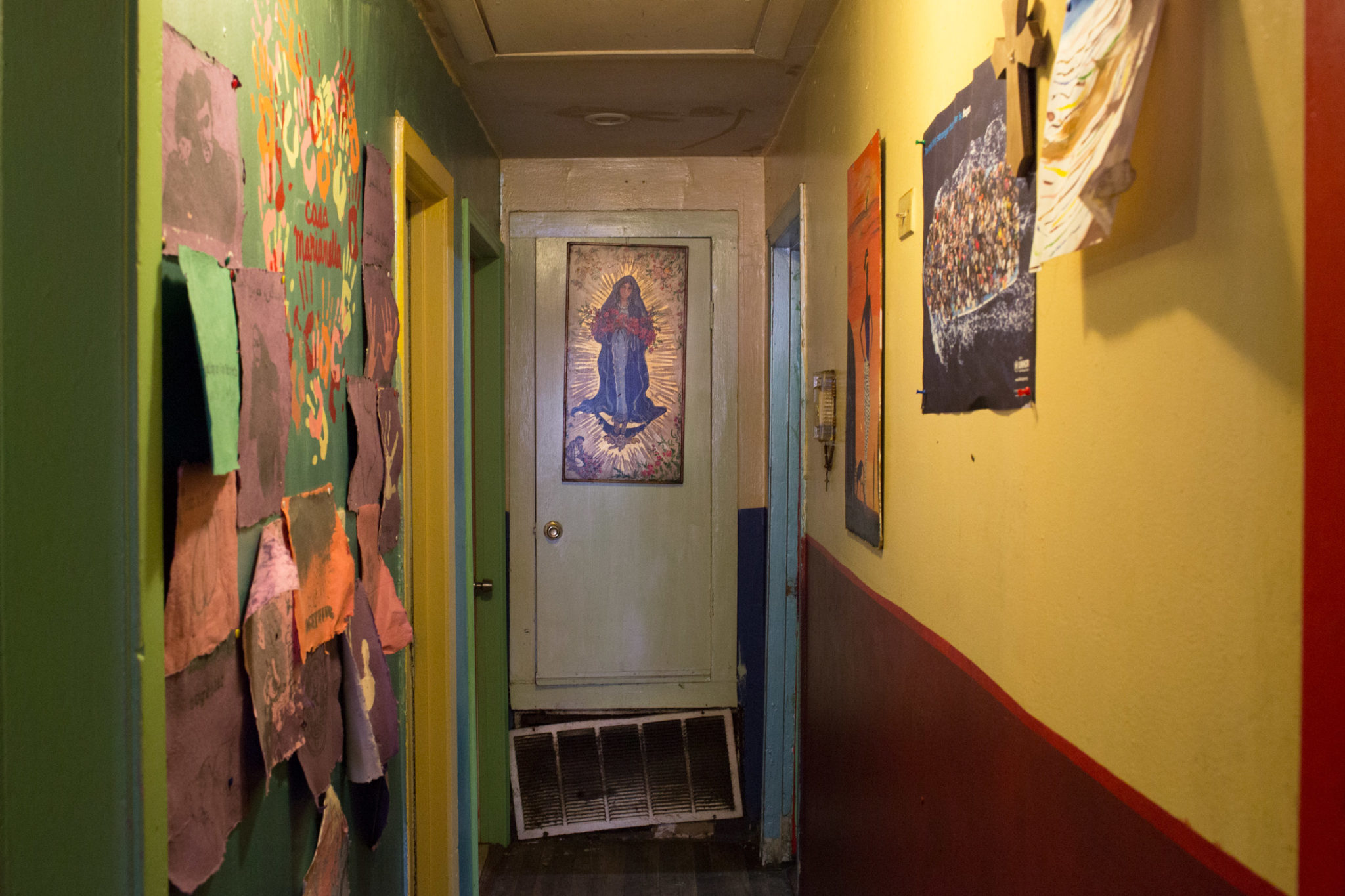
Taking Shelter
For decades, residential shelters have operated as humane alternatives to immigrant detention. Could they work on a larger scale?

Editor’s Note: This story is Part 2 of a series on immigrant detention.
Part 1: ‘Even the Birds and Animals Are Free’
Part 3: Locked In Limbo
As the taxi’s digital clock approached midnight, Jeelani Ghulam stared through the back window at the passing shadows of a strange new city. The cab pulled to a stop in a cul-de-sac in a quiet East Austin neighborhood. Ghulam, a 21-year-old refugee from Pakistan, stepped out in front of a modest house with a single porch light illuminating a sign that read “Casa Marianella.”
Was this really the place? He had expected something large and institutional — a prison like the one he had just left.
Earlier that day, Ghulam had been released after six months inside the South Texas Detention Complex, a for-profit detention center 60 miles southwest of San Antonio. He’d fled Pakistan when someone close to him was killed and he received death threats over an aspect of his identity. Ghulam’s 11-month journey took him through 11 countries and thousands of miles to South Texas, where he was arrested by Border Patrol agents.
As rough as his journey was — at one point, he was stabbed by a smuggler — the isolation and hopelessness of detention was worse. Locked up, Ghulam lost weight from paltry meals and shivered through the night under a paper-thin blanket, the air conditioning kept unbearably high.
An unscrupulous lawyer took advantage of him, and he faced the prospect of being deported back to Pakistan. To have a chance at asylum, Ghulam needed to bond out and get legal assistance, but first he needed a sponsor, someone to house him and assure his appearance at court dates. Without friends or family in the country, he asked Casa Marianella, a transitional shelter for immigrants and asylum seekers, for help.
For decades, advocates have argued the government should increase the use of shelters as alternatives to detention.
On the day of Ghulam’s release in April 2011, a guard returned the clothes he’d worn when he first arrived: tattered jeans, a green T-shirt and a bloodstained leather jacket. Then the guard escorted him into a long hall leading toward the lobby. His lawyer’s assistant was waiting there to give him a ride to the San Antonio Greyhound station. From there, he’d take the bus to Austin and a taxi to the shelter.
“I saw the sky and it looked very beautiful and clear,” he said. “I saw the beautiful flowers planted outside, and I saw the road.”
Later that night, he stood on Casa Marianella’s front porch, growing anxious as he waited. Finally, a young blond woman answered the door, rubbing sleep from her eyes. He held up the letter from Casa Marianella offering to house him, and the woman smiled. She said she hoped she hadn’t kept him waiting, then beckoned him into his new home.

Tucked away in a rapidly gentrifying Mexican-American neighborhood, Casa Marianella butts up against a seldom-used railroad track, and a creek runs behind the house. Chickens and Chihuahuas dart freely across the street.
Casa Marianella was founded in 1986 by the Austin Interfaith Task Force for Central America to serve Central Americans fleeing that decade’s civil conflicts. (Full disclosure: I work at Casa Marianella part time as an operations coordinator.)
Today, the shelter serves immigrants and asylum seekers from all over the world, housing more than 300 people each year. Casa Marianella is one of a handful of residential immigrant shelters across the United States. Together they form a loose, informal network of providers, largely run by faith-based organizations with tiny budgets and lots of goodwill. The shelters house and resettle immigrants, providing food and access to legal, social and medical services.
For decades, immigrant advocates have argued that the federal government should increase the use of residential shelters as an alternative to detention. They argue that shelters are less expensive, treat immigrants more humanely and are better equipped to integrate people into their new communities.
At $126 per adult per day, detaining immigrants is costly. Immigration and Customs Enforcement’s (ICE) detention budget has nearly tripled from $864 million in 2005 to $2.2 billion in fiscal year 2017, and much of it lands in the coffers of for-profit prison corporations.
Casa Marianella spends only $16 per person per day, in part because the shelter receives donations of food and basic necessities, and volunteers provide much of the labor.
“If some of the $2 billion that goes to detention went to shelters, then they could be scaled.”
Reports show that the prison-like conditions of detention often re-traumatize asylum seekers, especially mothers with children, and smother access to necessary legal assistance. The vast majority of detention centers are run by for-profit prison companies, which have been repeatedly found to cut corners on health care, security, food and other services.
Residential shelters, in contrast, are based on a model that stresses humane treatment. They offer freedom of movement and a sense of community. Immigrants in shelters also have a dramatically better shot at finding legal representation and winning their cases.
Yet the federal government has shown little appetite for embracing such a model, instead expanding its detention regime. In October 2016, the detainee population hit an all-time high of 42,000.
ICE does have a $126 million alternatives-to-detention program, the Intensive Supervision Appearance Program, or ISAP, but it’s run by a for-profit company and relies on punitive methods, such as GPS ankle monitors, rather than residential shelters.
Advocates for more humane alternatives faced a setback when President Trump won the election. Private prison corporations saw their stocks soar immediately after his victory. In his first week in office, Trump ordered the Department of Homeland Security to establish new detention centers along the border, begin construction of a wall and swell the ranks of Border Patrol and ICE.
Bob Libal, executive director of Grassroots Leadership, an Austin group that fights private prisons, said he predicts another round of growth for the immigrant detention regime. But that doesn’t mean he’s given up hope.
“Trump is volatile; he doesn’t know when he wakes up in the morning what he’s going to do,” Libal said. “There’s a fiscal argument to be made that might still hold sway.”
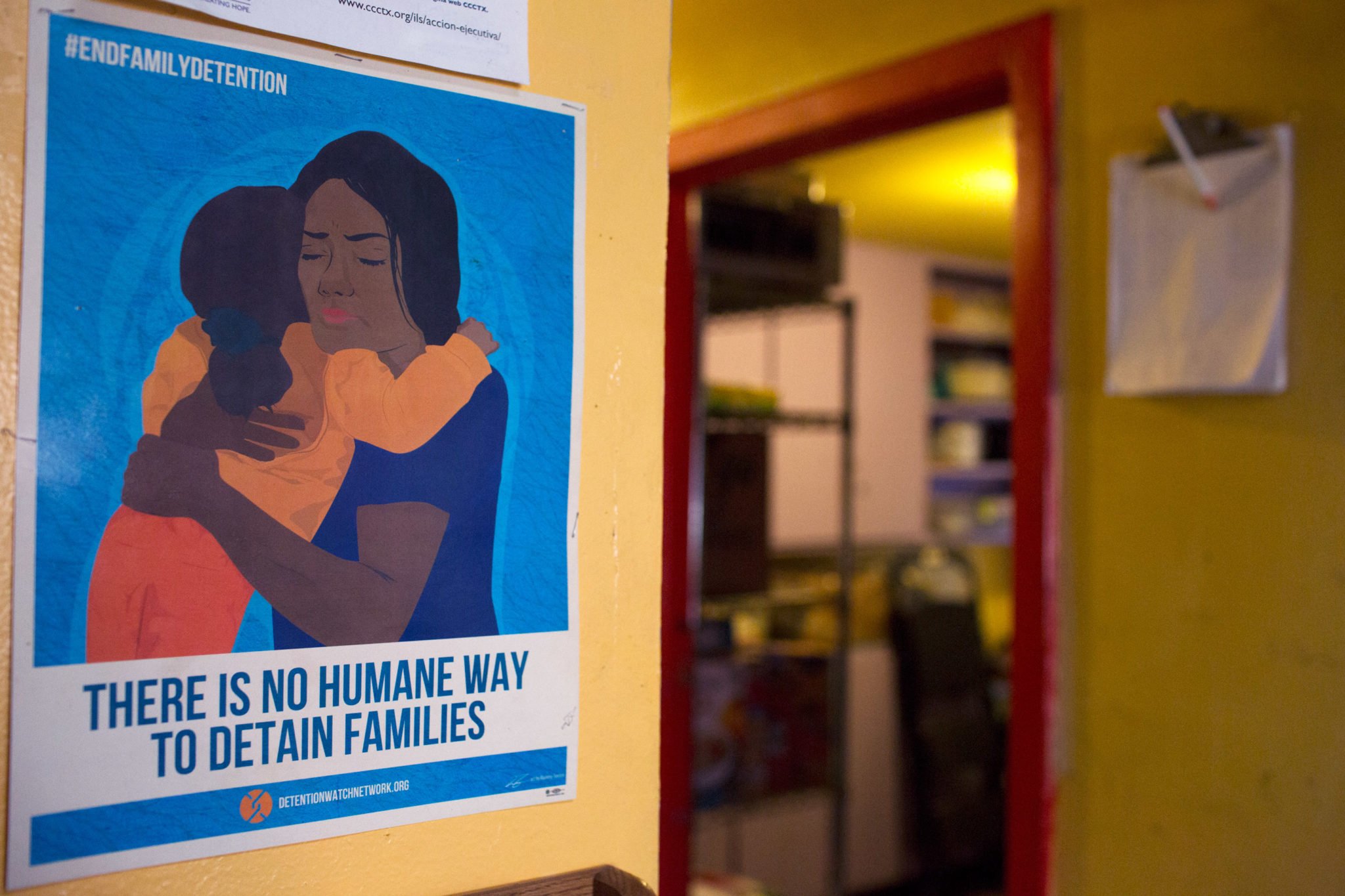
Ghulam remembers his three-month stay at Casa Marianella fondly. He usually woke up around 4 or 5 a.m. “I have the habit from detention,” he explained, because breakfast was served so early there. “But at Casa no one is awake, so I go back to sleep.”
Around 9, he would get up and share coffee and bread with some of the residents. He was closest to the other Hindi speakers, who were from Nepal and India. They would often walk to a nearby grocery to buy soda, certain spices and other goods not available at the shelter. Sometimes they would borrow bicycles and go for a ride along the trails that hug the Colorado River. Ghulam relished such freedom after being locked up for so long.
One purpose of detention is to keep people on hand for court dates or deportation, and defenders of detention argue that many immigrants will flee the legal process if released to family or shelters. But asylum seekers have a strong incentive to appear in court, whether detained or not.
“Imagine yourself in the situation: If you had even a chance of winning, you would be dying to go to court,” said Jennifer Long, Casa Marianella’s director. And a handful of pilot programs have confirmed that freedom of movement does not lead to asylum seekers missing their court dates.
In 1999, Lutheran Immigration and Refugee Services (LIRS) partnered with the federal government to house 25 asylum seekers in open, residential shelters. According to an LIRS report, 24 of the 25 asylum seekers complied with court appearances, and the project cost only $16,000 — 3 percent of the price tag of detention. The same year, Catholic Charities of New Orleans carried out a project that housed asylum seekers in the private homes of volunteers, and 38 of 39 participants complied with court appearances.
The incentive to appear, however, may disappear when an asylum seeker loses their case, said Dan Cadman, a retired ICE official who writes for the controversial Center for Immigration Studies. Because people are not immediately detained when they lose, “the impetus is to flee rather than appear for deportation,” he said. “And if they’re not in detention, there’s nothing stopping them.”
Ultimately, after 9/11, ICE turned sharply away from community-based alternatives such as shelters, and the pilots were never scaled up. Today, demand for existing residential shelters far outstrips supply. Long said that immigrants come from all over the country seeking shelter at Casa Marianella, evidence that “there’s no robust network of shelters.”
Monica Peña-Rasmussen of La Posada Providencia, an immigrant shelter in San Benito, concurred. “We’ve got 25 beds, but we’re always serving 30 to 35 people,” she said. “We’re always overfull and every time someone leaves, there’s another to take their place.”
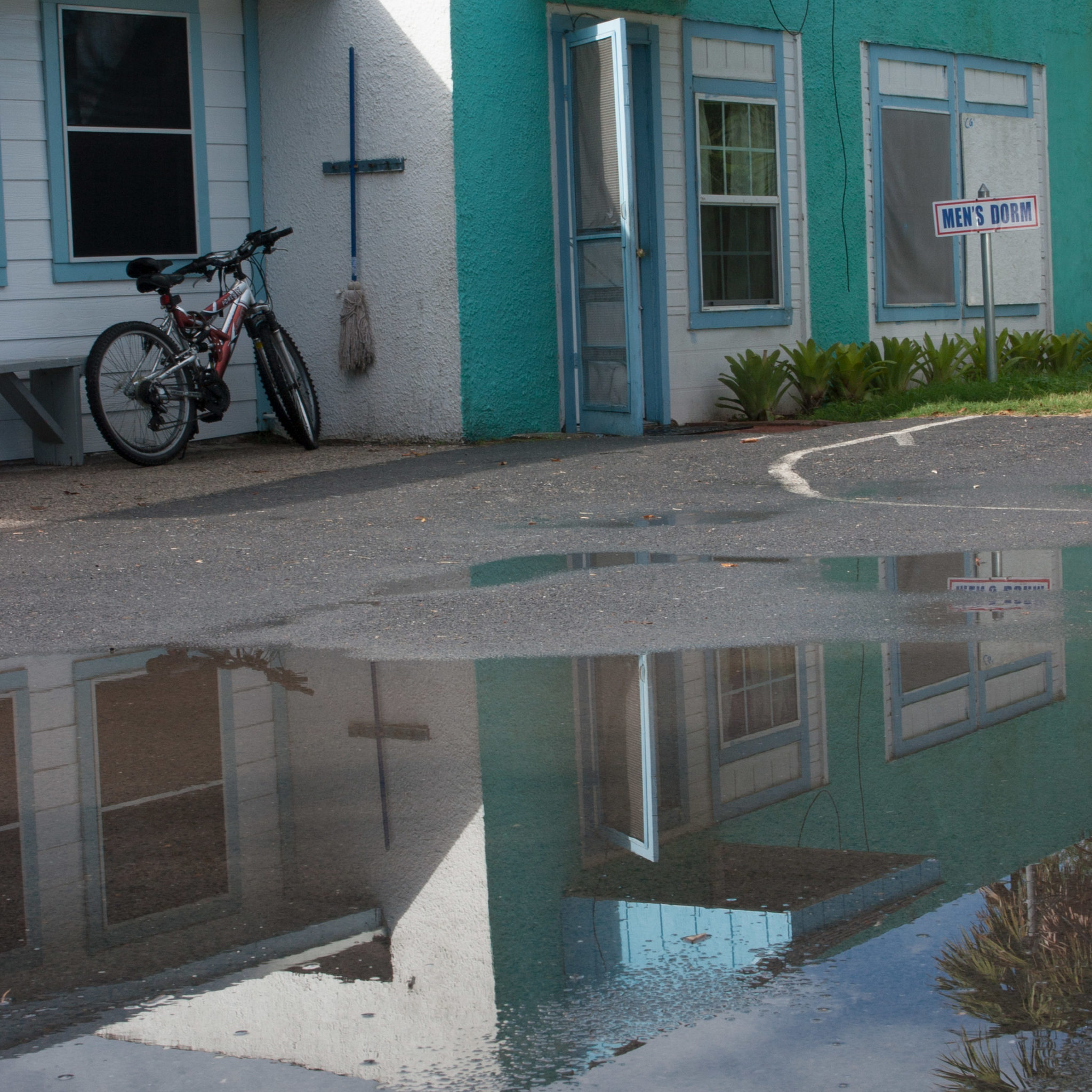
Ghulam had grown up watching American movies, and he was eager to see his new country. He explored downtown Austin by bike and bus, marveling at the high-rises.
He started visiting nearby convenience stores run by Pakistani, Nepali and Indian men in preparation for the store clerk job he planned to obtain when his work permit arrived. He studied the shelves, memorizing the brand names and prices of snacks, beer and cigarettes. At night, he attended English classes at the shelter, then pitched in to help clean. Between 11 p.m. and midnight, he retired to his bunk bed.
“Brother, every second it was happy,” said Ghulam, who now speaks fluent English.
“At Casa, people can start their lives again,” said Long. Asylum seekers like Ghulam can build community and familiarize themselves with the country, she explained. If they win their cases, they are prepared to integrate much faster than immigrants released directly from a detention center.
La Posada Providencia, founded by the Sisters of Divine Providence in 1989, takes a similar approach. There, nuns and volunteers drive their clients to immigration court and to medical and legal appointments, and provide emotional support, counseling and community. At La Posada, immigrants are “clients,” not numbers, said director Sister Zita Telkamp.
“It is a privilege to have them here,” Telkamp said. “Clients often arrive with only the clothes on their backs. Many have endured severe hardships, including poverty, unjust imprisonment, even torture.”
At Casa Marianella, the resources available to clients include two staff attorneys, one of whom, Sarah Woelk, agreed to represent Ghulam pro bono. Getting legal help “makes all the difference, because in detention you can hardly get a lawyer,” said Long.
Woelk began by getting Ghulam’s hearing delayed and fixing numerous factual errors in his asylum application that had been made by his first lawyer. She helped him schedule appointments with doctors and therapists, who provided medical documentation of his trauma. Woelk also gathered expert testimony from a researcher specializing in Pakistan to prove that Ghulam’s story was plausible.
That type of evidence can make all the difference. And in Ghulam’s case, it did.
In August 2012, a year and four months after his release from the South Texas Detention Complex, Ghulam was granted asylum by an immigration judge in San Antonio.
“I believe you will be a good American citizen,” Ghulam remembers the judge telling him. Unsure if he was breaking decorum, Ghulam rushed to the bench and shook the judge’s hand, tears streaming down his cheeks.
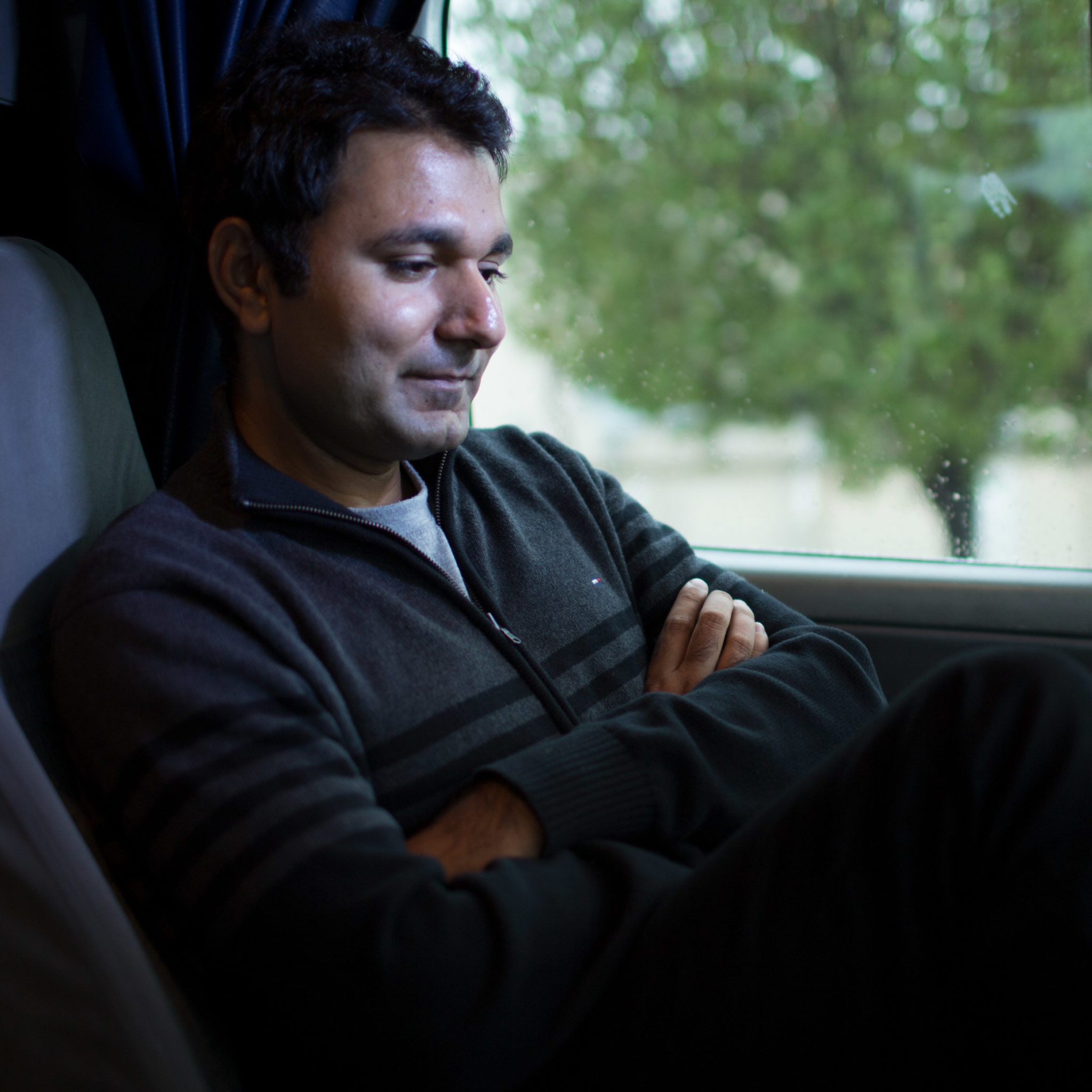
The obstacles to turning immigrant shelters into a full-fledged alternative to detention are substantial. For starters, ICE doesn’t recognize residential shelters as an official alternative.
Libal said that expanding shelters would require a “paradigm shift” in the federal government. “If some of the $2 billion that goes to detention went to shelters, then they could be scaled,” he said. “They could do a lot with even a fraction of that money.”
But residential shelters have a deep-pocketed competitor in the alternatives-to-detention game: the private prison industry.
Both the detention system and its alternatives are “captured by private interests.”
Created in 2004, ICE’s Intensive Supervision Appearance Program (ISAP) consists of a range of alternatives to detention, including check-ins by phone, unscheduled home and workplace visits and GPS ankle monitors. The program is run by a for-profit company, BI Inc., which is a wholly owned subsidiary of GEO Group — the same private prison company that operates many detention centers, including the one where Ghulam was detained.
In 2014, BI secured a five-year contract to continue running ISAP, which BI expects will generate around $250 million in revenue.
Both the detention system and its alternatives are “captured by private interests,” said Libal.
And while government funding could convert shelters into a widespread alternative to detention, some shelter operators are wary that increased government involvement could conflict with their missions.
Louise Zwick, director of Houston’s Casa Juan Diego, which has housed over 100,000 immigrants since 1981, explained that the shelter is part of the Catholic Worker Movement, which rejects government funding on principle and embraces the value of “voluntary poverty.” All Casa Juan Diego staff work for only room, board and a minimal stipend.
Such a model keeps costs low but may pose a challenge for expansion.
Casa Marianella has similar roots in religious activism, but it doesn’t object to government funding. It receives a substantial part of its budget from the city of Austin. That funding has helped Casa expand from one house to seven houses, with dedicated housing for women with children.
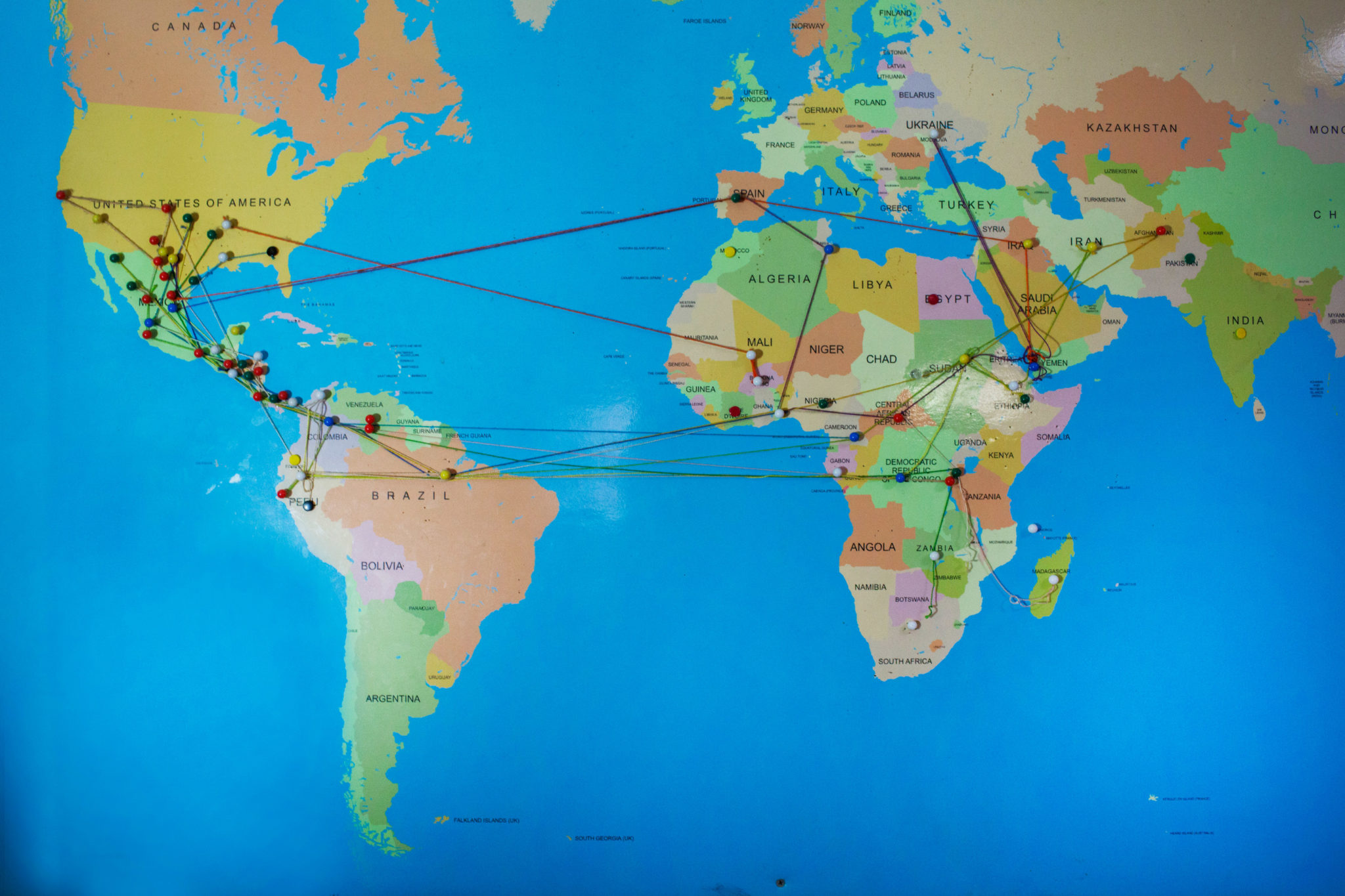
During one of our conversations, Ghulam asked me the question that millions of immigrants are asking right now: Should I be afraid?
Though Ghulam is from a Muslim family, he is not religious. Still, he worries that he could be a target. Trump’s election seems to have set off a rash of Islamophobic hate crimes, and a week into his presidency, he signed an executive action that halts entry from seven majority-Muslim countries.
Ghulam also worried that Trump could somehow find a way to deport him. The president’s sweeping promise of a new era of mass deportations has millions of immigrants fearing for their futures. But Ghulam, at least, has significant protection from whatever is to come.
In 2013, he became a legal permanent resident, and he will qualify for citizenship in 2018.
Today, Ghulam lives in a North Austin apartment with a friend. His first jobs in the United States were, as planned, in convenience stores. Then, inspired by the memory of a night in detention when he heard a semi passing on the highway outside, he decided to invest nearly all of his savings into truck-driving school.
Now he drives for a Michigan-based trucking company, traveling the country for weeks and months at a time.
“I’m very free,” he told me, describing his job. “I see all the time different mountains, agriculture, industries, people passing in their cars, small towns and big cities. … I know the country now; I know the mountains, the deserts, everything.”
Emma Pérez-Treviño contributed reporting to this story.
This project has been made possible with the support of Solutions Journalism Network, a non-profit organization with the mission to spread the practice of solutions journalism.


